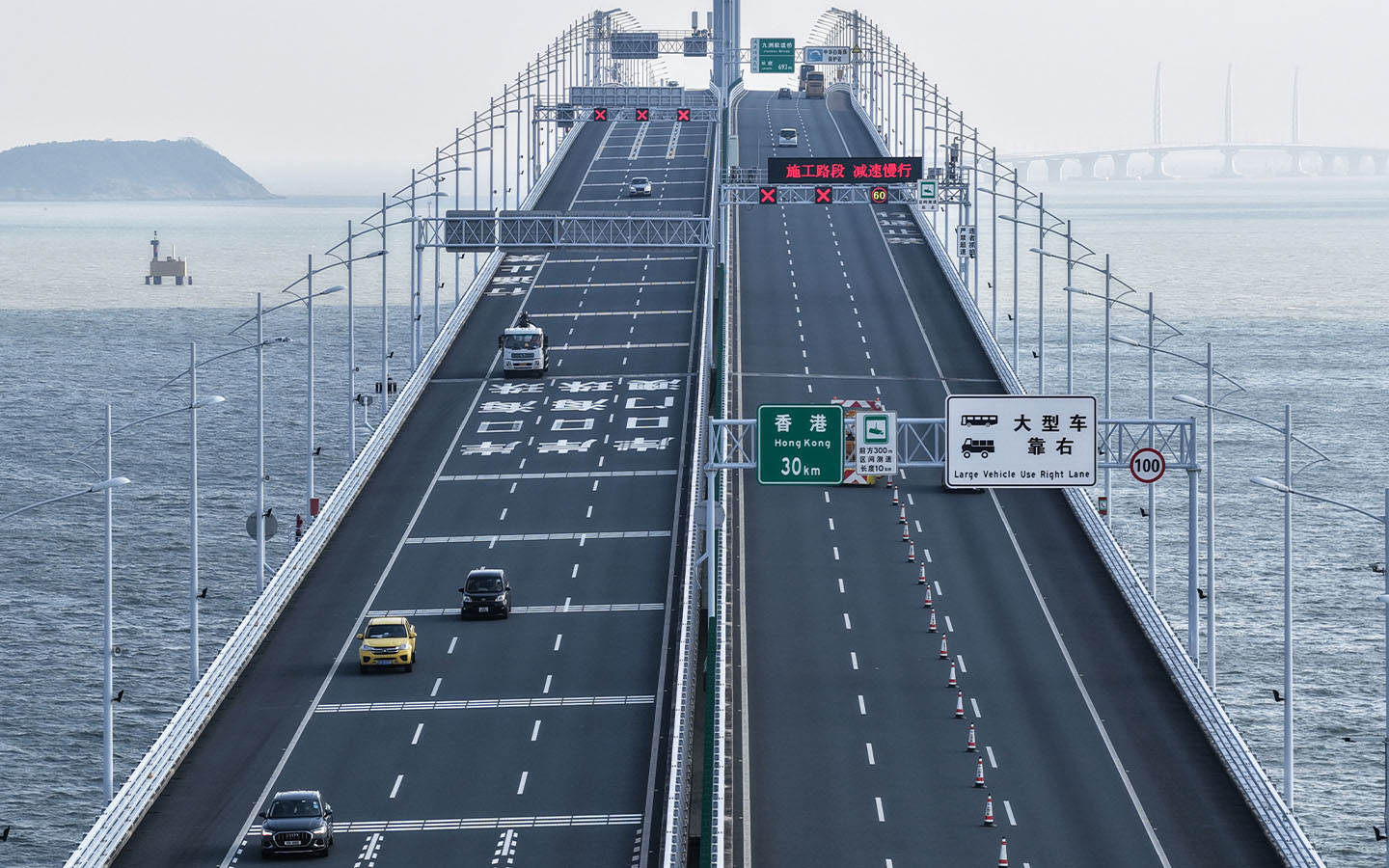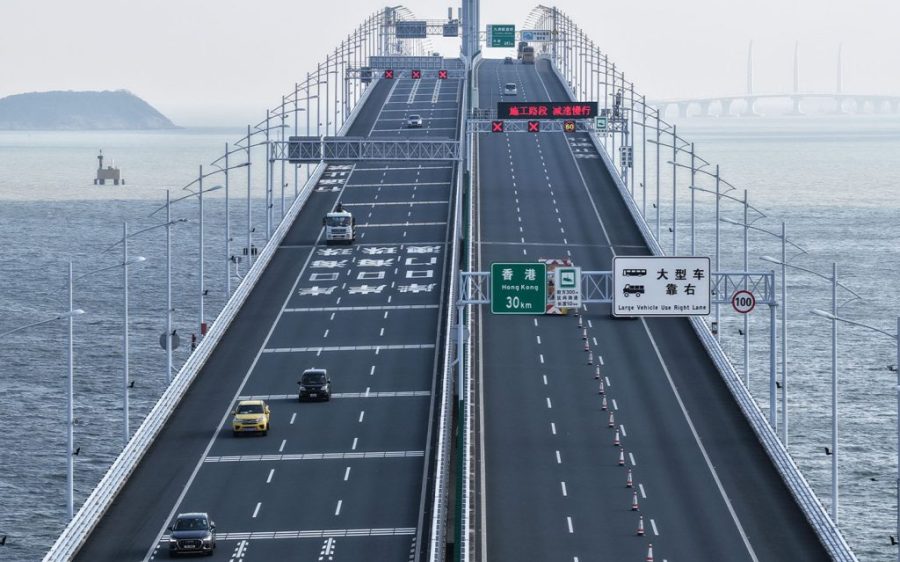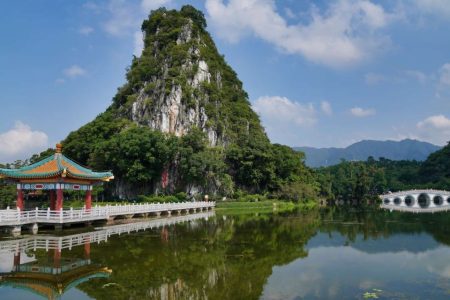Seven years after opening to traffic, the Hong Kong-Zhuhai-Macao Bridge (HZMB) continues to play a vital role in linking the Greater Bay Area, facilitating more than 93 million passenger trips and nearly 20 million vehicle crossings since its debut in October 2018.
According to data from the Zhuhai exit-entry inspection station cited by Xinhua, the bridge had handled over 93.34 million inbound and outbound passenger trips and 19.42 million vehicle trips as of Wednesday.
[See more: Last year was the busiest yet for the Hong Kong-Zhuhai-Macao Bridge]
The 55-kilometre bridge, the world’s longest sea-crossing bridge-and-tunnel system, connects Hong Kong and Macao with Zhuhai in southern China.
Traffic on the rise as travel demand surges
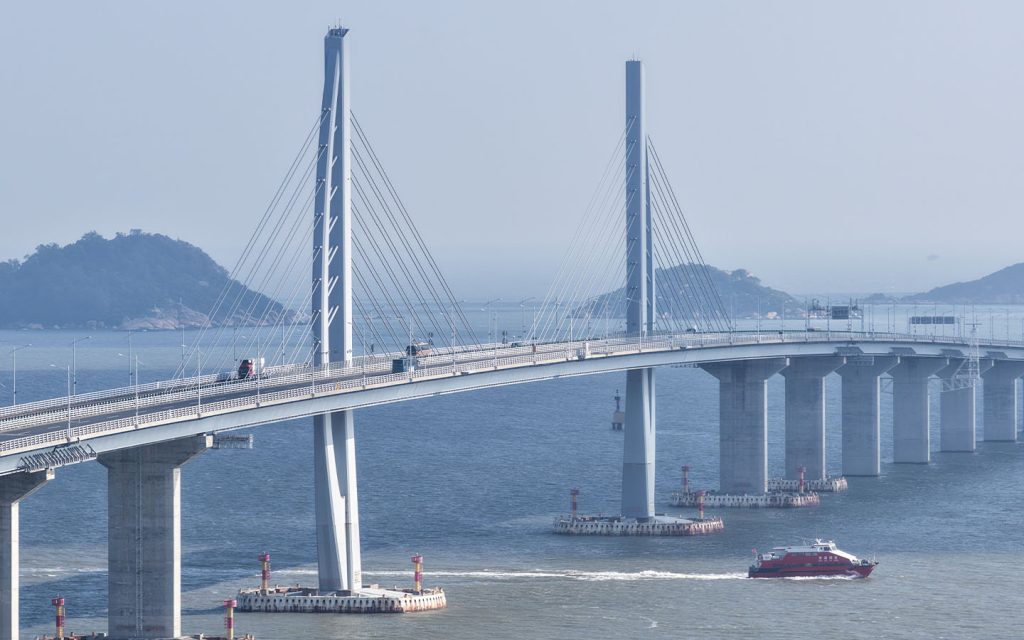
The HZMB has seen a growth in traffic over the years. In 2019, it handled 12.88 million passengers and 860,000 vehicles. Those numbers climbed to 27 million passengers and 5.55 million vehicles in 2024. So far in 2025, the Zhuhai port has processed 25.1 million passengers – up 17 percent year on year – and 5.46 million vehicles, a 25 percent increase. Authorities project the Hong Kong-Zhuhai-Macao Bridge will exceed 30 million passenger trips and 6 million vehicle crossings by the end of the year.
[See more: Here are 10 of the best things to do in Zhuhai]
“The continued growth of passenger and vehicle flows at the port reflects the increasing integration of the Greater Bay Area,” said Chen Faqiu, head of the Zhuhai border inspection station, as quoted by Global Times.
New travel policies boost cross-border movement
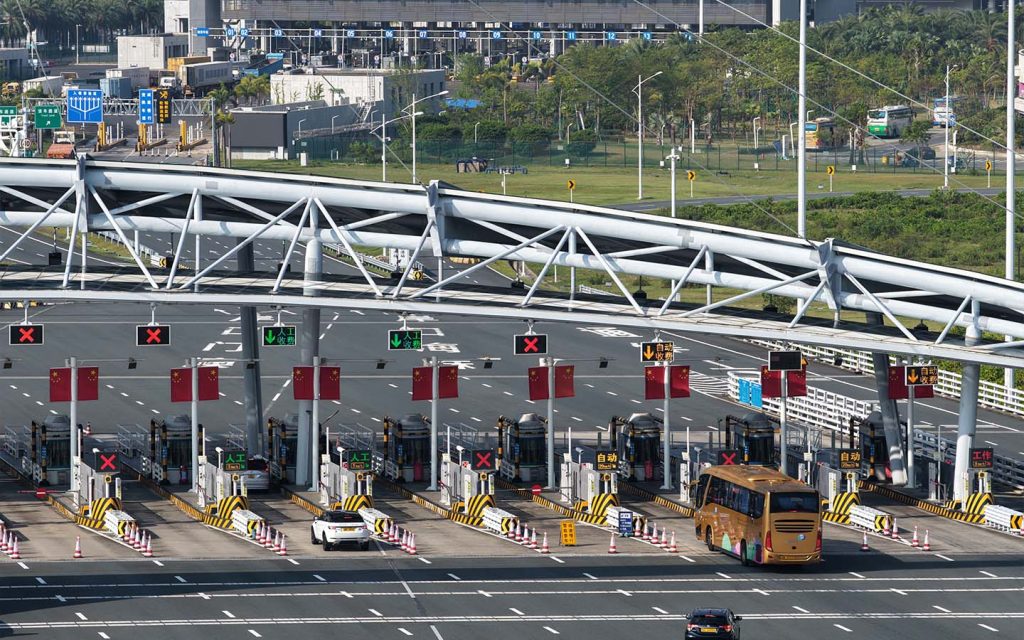
The surge in travel has been driven largely by new policies expanding mainland residents’ access to Hong Kong and Macao. Since late 2024, China has introduced multi-entry permits for residents of Shenzhen and Zhuhai, allowing more frequent short visits across the border. Zhuhai residents can now travel to Macao once a week, while residents in Hengqin are eligible for multi-entry permits valid for a year.
[See more: What to know about the Mainland Travel Permit for non-Chinese permanent residents of Macao and Hong Kong]
These measures, along with relaxed visa and individual travel endorsements, have made cross-city tourism routes via the bridge increasingly popular. More than 10.15 million mainland visitors have crossed through the Zhuhai port this year, including 4.6 million holding tourist permits, according to Xinhua.
A faster, closer Greater Bay Area
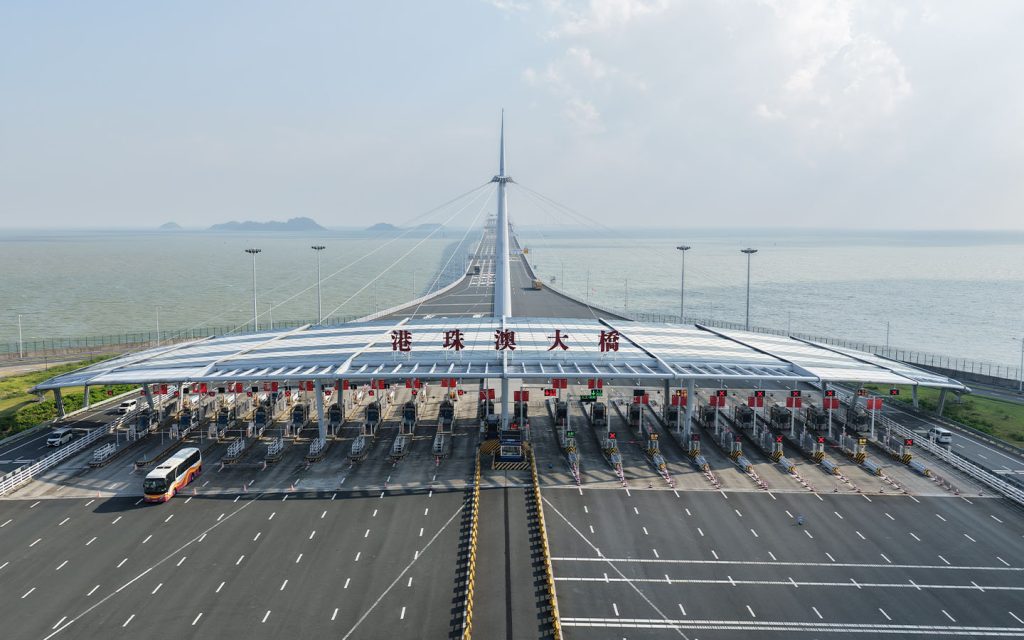
The bridge has also transformed regional travel, cutting driving time between Hong Kong, Zhuhai and Macao from three hours to just 45 minutes. The average daily vehicle flow through the Zhuhai Highway Port has doubled since 2023, rising from about 9,000 to more than 18,000 vehicles.
[See more: Six apps you need to survive in mainland China]
Beyond convenience, the bridge has become a symbol of integration within the Greater Bay Area (GBA), home to some 86 million people. Experts say it has boosted tourism, trade and investment across the region.
“Hotels, restaurants and tour operators in cities such as Hong Kong, Zhuhai and Macao have all benefited from the increased flow of visitors,” Song Ding, a research fellow at the China Development Institute, told the Global Times.
